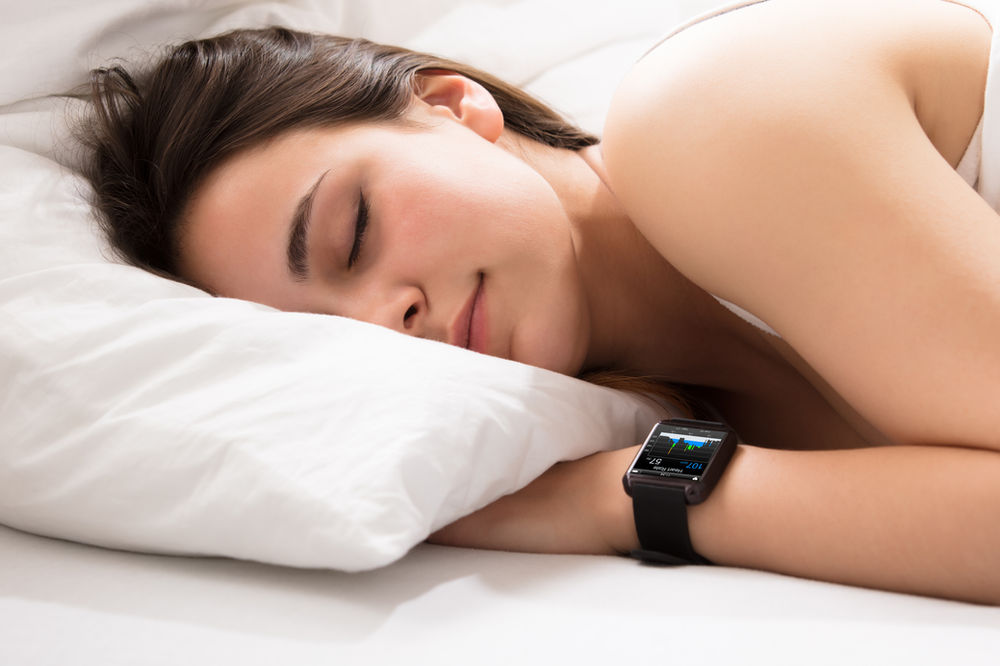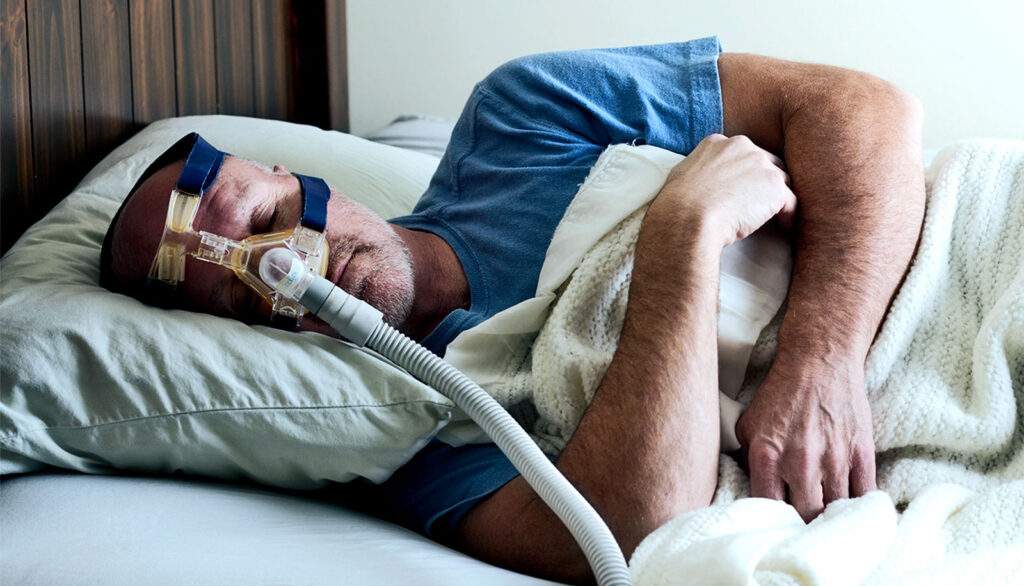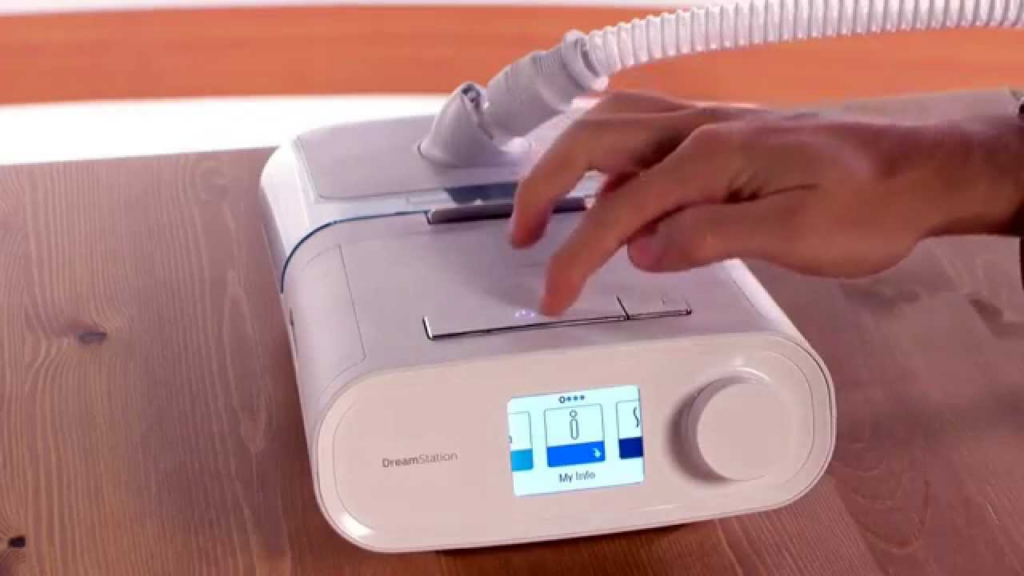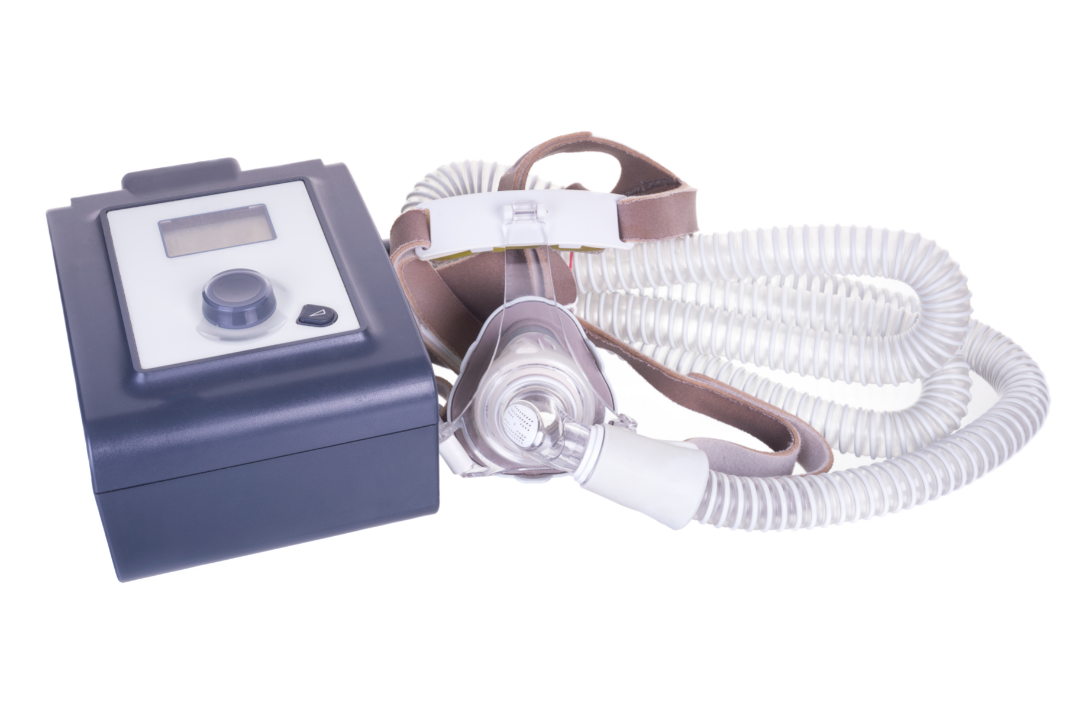Sleep Study Perth: Evaluating Sleep Patterns in Western Australia
Sleep is a fundamental aspect of our daily lives, affecting our overall health and well-being. Understanding the importance of sleep has led to increased interest in sleep studies, particularly in regions like Western Australia. With its vibrant city life and stunning landscapes, Perth is a prime location for investigating sleep patterns and their implications for public health and policy.
Understanding the Importance of Sleep
Getting enough sleep is crucial for our physical and mental health. Sleep allows our bodies to restore and repair themselves, supporting a wide range of functions, including cognition, memory consolidation, and immune system regulation. Additionally, quality sleep is essential for maintaining emotional well-being and preventing conditions such as depression and anxiety.
It’s fascinating to note that during sleep study perth it is seen our brains undergo essential processes that help us learn and remember information. While we rest, our brains consolidate memories and experiences from the day, strengthening neural connections that aid in learning and problem-solving. This intricate dance of neural activity during sleep is crucial for cognitive function and overall brain health.
The Role of Sleep in Health and Wellness
Research has shown that sleep plays a critical role in various aspects of our health and wellness. It affects our metabolism, contributing to weight management and reducing the risk of obesity-related conditions. Proper sleep also helps regulate blood pressure, reducing the likelihood of cardiovascular disease. Furthermore, sleep is closely linked to our immune system, with inadequate sleep weakening our body’s ability to fight off infections.
Moreover, the body’s release of growth hormones peaks during deep sleep, aiding in tissue repair, muscle growth, and overall physical development. This highlights how sleep is not just a period of rest, but a dynamic process that influences our body’s growth, repair, and maintenance mechanisms.
The Consequences of Poor Sleep
On the flip side, chronic sleep deprivation or poor sleep quality can have severe consequences. Sleep disorders such as insomnia, sleep apnea, and restless leg syndrome can lead to daytime sleepiness, impaired concentration, and decreased productivity. Prolonged sleep difficulties can also increase the risk of chronic diseases, including diabetes, hypertension, and even certain types of cancer. Furthermore, inadequate sleep has been linked to mental health disorders such as depression and increased risk-taking behavior.
It’s important to recognize that the consequences of poor sleep extend beyond physical health. Sleep deprivation can impact our emotional regulation, leading to mood swings, irritability, and heightened stress levels. This can strain relationships and affect our overall quality of life, emphasizing the interconnectedness of sleep with both our physical and mental well-being.
The Science of Sleep Studies
Through sleep studies, researchers can gain valuable insights into sleep patterns, disorders, and their impact on individuals and communities. These studies involve monitoring various physiological parameters during sleep, such as brain waves, eye movements, and vital signs. By examining these factors, sleep specialists can diagnose sleep disorders and develop appropriate treatment plans.
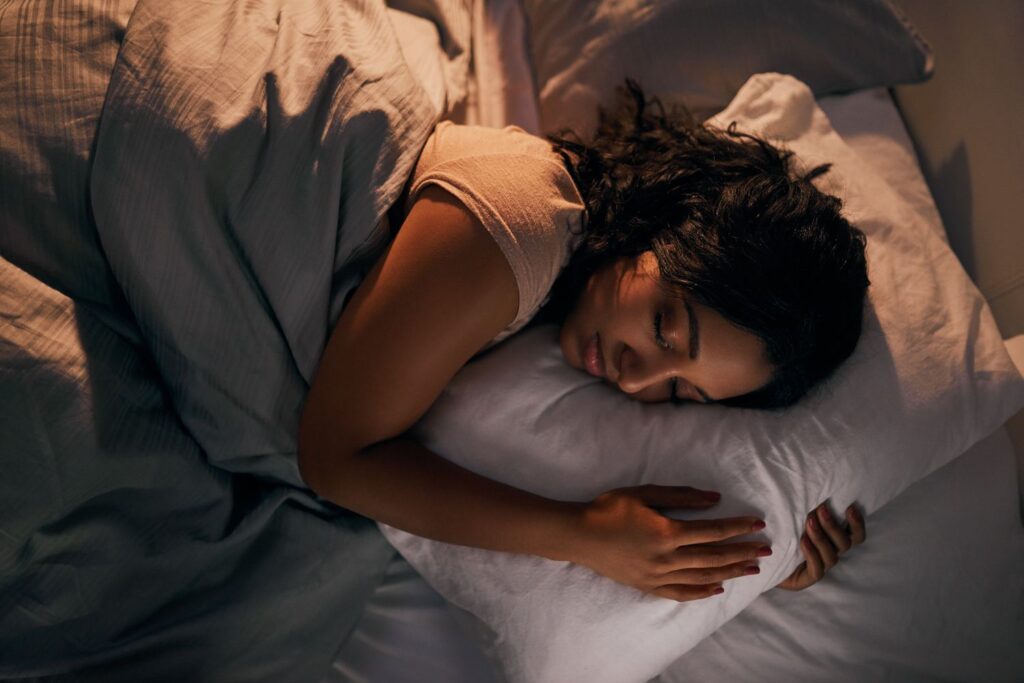
The Process of a Sleep Study
A sleep study typically takes place in a specialized sleep center. Participants spend a night in a controlled environment while their sleep is monitored using advanced equipment. Electrodes attached to the scalp record brain activity, eye movements, and muscle tone. Other sensors track heart rate, breathing patterns, and oxygen levels. The data collected during the study provides valuable insights into sleep quality, sleep stages, and any potential sleep disturbances.
During the sleep study, participants are carefully observed by trained sleep technicians who monitor their sleep patterns and note any abnormalities. These technicians play a crucial role in ensuring the accuracy of the data collected. They meticulously analyze the recordings, looking for patterns and anomalies that may indicate underlying sleep disorders. This attention to detail is essential in providing accurate diagnoses and effective treatment plans for individuals suffering from sleep-related issues.
Different Types of Sleep Studies
There are several types of sleep studies, each serving a specific purpose. Nocturnal polysomnography is a comprehensive study that evaluates multiple sleep parameters. It is commonly used to diagnose sleep disorders such as sleep apnea. Multiple sleep latency testing measures how quickly an individual falls asleep during the day, assessing daytime sleepiness. Meanwhile, maintenance of wakefulness testing determines a person’s ability to stay awake during the day, often used in occupational settings or to assess fitness for certain activities.Learn more about Nocturnal polysomnography click here.
In addition to these commonly known sleep studies, there are also emerging techniques and technologies being developed to further enhance our understanding of sleep. For example, researchers are exploring the use of wearable devices that can track sleep patterns and provide real-time feedback to individuals. These devices, equipped with advanced sensors, can monitor heart rate variability, body temperature, and even track movements during sleep. By combining these new technologies with traditional sleep studies, scientists hope to unlock even more insights into the mysteries of sleep and its impact on our overall health and well-being.
Sleep Patterns in Western Australia
Understanding sleep patterns in specific regions can shed light on the factors that influence sleep quality and duration. In Western Australia, where Perth serves as the capital city, various factors come into play, shaping the sleep habits of its residents.
Western Australia, known for its vast landscapes and stunning natural beauty, offers a unique environment that can impact the sleep patterns of its inhabitants. The state’s diverse geography, ranging from pristine beaches to rugged outback terrain, provides residents with a wide range of recreational activities that may influence their bedtime routines and overall sleep quality.
Overview of Sleep Habits in Western Australia
Studies have shown that the average adult in Western Australia sleeps around 7 to 8 hours per night. However, sleep patterns can vary depending on age, lifestyle, and individual circumstances. For example, shift workers often face challenges in maintaining a regular sleep schedule due to their work demands. Young adults and adolescents may also experience shorter sleep durations due to academic and social pressures.
Moreover, cultural practices and indigenous perspectives on rest and relaxation play a significant role in shaping sleep habits in Western Australia. Traditional Aboriginal beliefs regarding the importance of connection to the land and natural cycles may influence modern sleep behaviors and attitudes towards rest among the broader population.
Factors Affecting Sleep Patterns in the Region
In Western Australia, several factors contribute to the sleep patterns observed among its population. The region’s climate, with warm summers and mild winters, can impact sleep comfort and bedroom temperature. Furthermore, factors such as noise pollution, light exposure, and access to green spaces can influence sleep quality. Economic factors and employment conditions may also play a role, affecting individuals’ ability to prioritize sleep and establish healthy sleep routines. Find more about Factors Affecting Sleep Patterns in the Region visit at https://www.ncbi.nlm.nih.gov/pmc/articles/PMC3634295/
Additionally, the cultural diversity of Western Australia, with a mix of urban, suburban, and rural communities, brings forth a variety of lifestyle factors that can impact sleep patterns. From bustling city life in Perth to the tranquility of coastal towns, each setting presents unique opportunities and challenges when it comes to getting a good night’s rest.
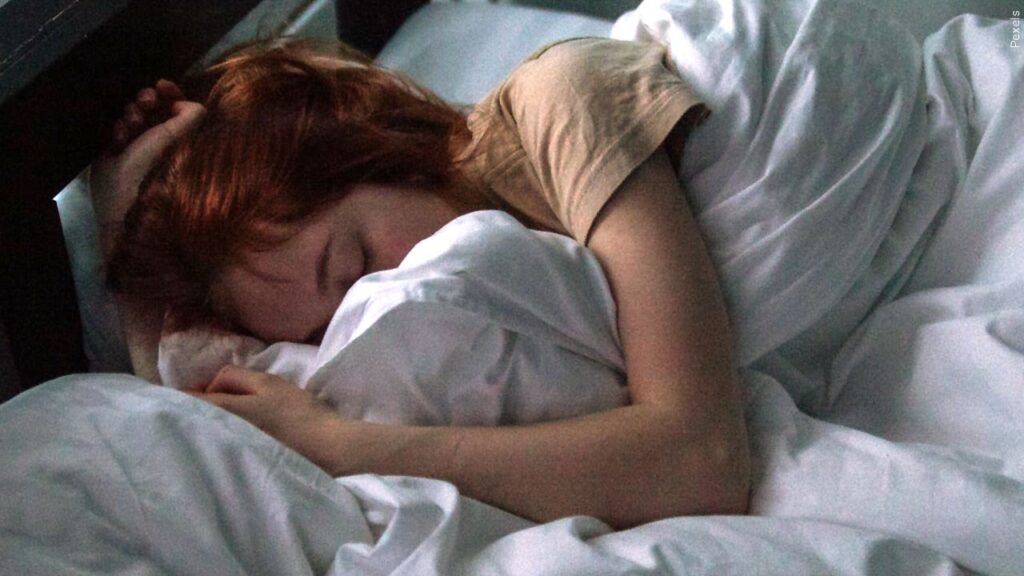
Insights from Perth Sleep Studies
Perth, as a hub of research and innovation, has seen numerous sleep studies that have yielded valuable insights into the sleep patterns of its residents. These studies have had significant implications for public health and policy in Western Australia.
Located on the southwestern coast of Australia, Perth boasts a diverse population that experiences a wide range of sleep patterns influenced by factors such as lifestyle, environment, and cultural practices. Researchers conducting sleep studies in Perth have delved into these intricacies to better understand the unique challenges faced by individuals in the region when it comes to achieving restful and rejuvenating sleep.
Key Findings from Recent Studies
One key finding from recent Perth sleep studies is the high prevalence of sleep disorders in the region. Sleep apnea, in particular, has been identified as a significant concern, with a substantial proportion of the population affected. Other studies have explored the impact of sleep disturbances on specific demographics, such as children and the elderly, highlighting the unique challenges they face in achieving restful sleep.
Furthermore, researchers have uncovered fascinating insights into the relationship between sleep quality and mental health in Perth residents. Studies have shown a correlation between poor sleep and increased risk of mental health disorders, shedding light on the importance of addressing sleep issues not only for physical well-being but also for mental wellness.
Implications for Public Health and Policy
The findings from Perth sleep studies have prompted efforts to improve sleep health in Western Australia. Recognizing the importance of quality sleep for overall well-being, policymakers have implemented public health campaigns that raise awareness about the importance of sleep and provide resources for improving sleep hygiene. Healthcare providers have also been trained to identify and address sleep disorders promptly, ensuring that individuals receive appropriate diagnosis and treatment.
Moreover, the data from these studies have influenced urban planning and infrastructure development in Perth, with a focus on creating environments that …



